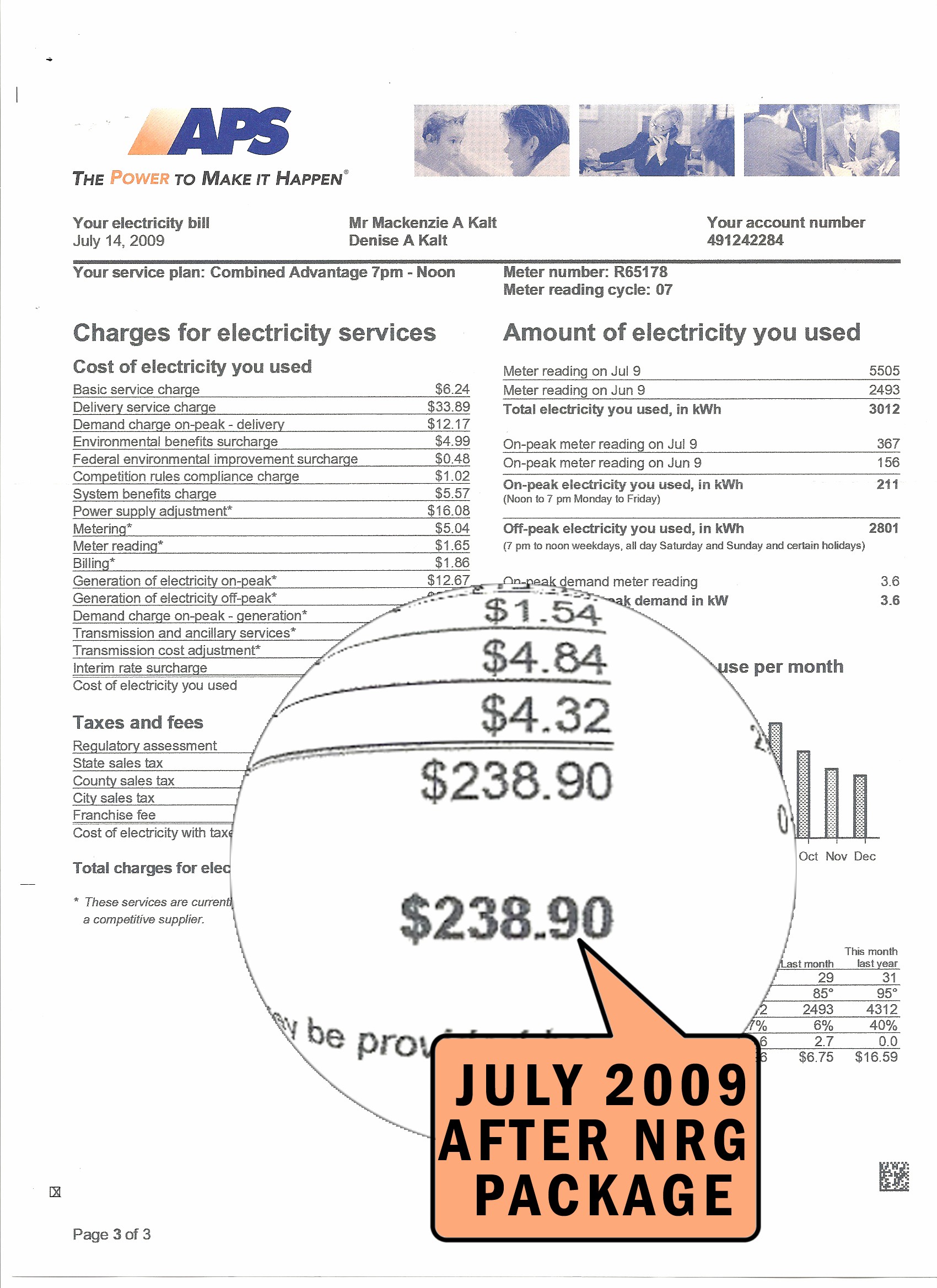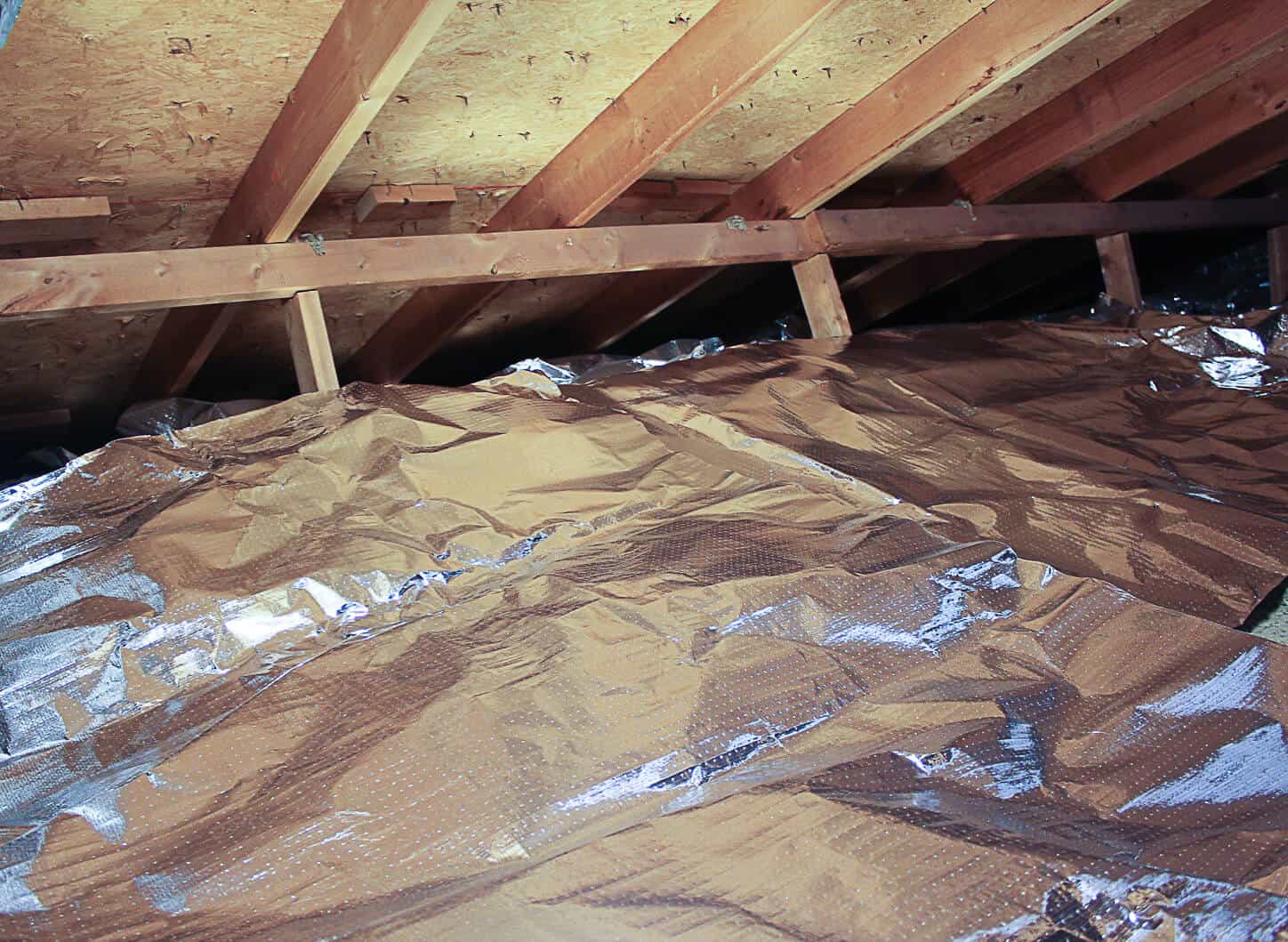

- ATTIC RADIANT BARRIER INSULATION INSTALL
- ATTIC RADIANT BARRIER INSULATION UPGRADE
- ATTIC RADIANT BARRIER INSULATION PRO
- ATTIC RADIANT BARRIER INSULATION WINDOWS
Radiant heat can either be mostly reflected by lighter objects or mostly absorbed by darker ones.
ATTIC RADIANT BARRIER INSULATION WINDOWS
The heat that comes in through glass windows has entered our home through radiation the heat has passed through the glass via the sun’s electromagnetic waves, and we call it radiant heat. Radiation is what happens when heat travels on electromagnetic waves. We can control convection in our homes by sealing gaps and cracks between rooms and unconditioned spaces (like the attic, crawlspace, or outdoors). That’s because heat is traveling upwards through the air via convection. If you’re boiling water in a pot on the stove, you can hold your hand over it and feel warm. The thickness of walls and attic insulation help control heat in the attic via conduction.Ĭonvection happens when heat transfers within a fluid (vapor or liquid).

When you hold a cup of hot coffee, your hands will start to warm up that’s conduction at work.

Heat moves in three different ways: conduction, convection, and radiation.Ĭonduction is how heat moves between two objects that are touching each other. Whenever you have something that has a temperature over -460 degrees Fahrenheit, there will be some heat. Heat is the energy that causes molecules to move. This article will explain how they work, why improper installation renders them ineffective, and the challenges they pose for your HVAC system.īefore we can understand what a radiant barrier does, we need to understand what heat is. If you plan to include radiant barriers in a new construction home (or already have them in your home), you may want to learn a bit more about them. Other problems may arise from improper installation. However, there is a lot more to air conditioning than keeping buildings cool, and radiant barriers can pose unique challenges to your comfort. Theoretically, that would reduce your power bill. That sounds great, right? In theory, radiant barriers do seem useful for reducing the heat load during the summer. In doing so, these barriers keep the attic cooler by reflecting solar heat gains back to the roof. These foil-like sheets are “radiant barriers.” Their goal is to reflect some of the sun’s heat. Radiant barrier can work in tandem with other insulating materials and increase their effectiveness.Some attics have a foil-like material built into the structure, often on the plywood or draped over trusses under the roof decking. This rating system is exclusive to materials that slow conductive heat - like bat and roll or blown-in insulation. Radiant barrier has no R-value on its own. A local mold remediation specialist can help fix any issues if mold has already formed.
ATTIC RADIANT BARRIER INSULATION PRO
A pro will be able to prevent this problem with proper installation. Radiant barrier insulation can cause mold if it is not installed correctly. In fact, this often improves its efficiency.
ATTIC RADIANT BARRIER INSULATION INSTALL
Yes, you can install radiant barrier over new or existing insulation. Can you put radiant barrier over insulation? Although it usually works best when coupled with normal insulation. Radiant barriers can keep your home cool more effectively than insulation in some cases. Is radiant barrier better than insulation?
ATTIC RADIANT BARRIER INSULATION UPGRADE
Radiant barriers are an energy efficient upgrade that can save you as much as 10 percent on their heating bills. Installers can staple radiant barriers up on their own or lay the material over existing insulation. However, it is possible to DIY install this insulation with care. Department of Energy recommends homeowners hire a radiant barrier installer to make sure the job gets done right. Radiant barrier won’t work at peak capacity if it’s incorrectly installed. If homeowners upgrade to R19 insulation, they can save from $180 to $300 on heating bills. Cooler climates typically save $15 per year on average with a radiant barrier upgrade. Homeowners in hot climates can save as much as 10 percent on their heating bills, or about $120 off per year.

Return to Top How Much Does Radiant Barrier Save? Radiant barriers do not have insulating material attached, but you can install them over new or existing insulation to maximize the efficiency of both materials. Reflective insulation is insulating material (like batt and roll insulation) that has at least one reflective surface. To maximize cooling efficiency, the system must include an air gap between the reflective surface and the interior of the roof. This is most effective when coupled with reflective insulation. To create a radiant barrier, pros install metal foil over the rafters in an attic and reflect the sun’s heat away from the home. Department of Energy, residential radiant barriers help homeowners lower air conditioning costs and lessen the impact of summer heat. Find hiring guides, material costs, expert advice, how-to's and more.


 0 kommentar(er)
0 kommentar(er)
